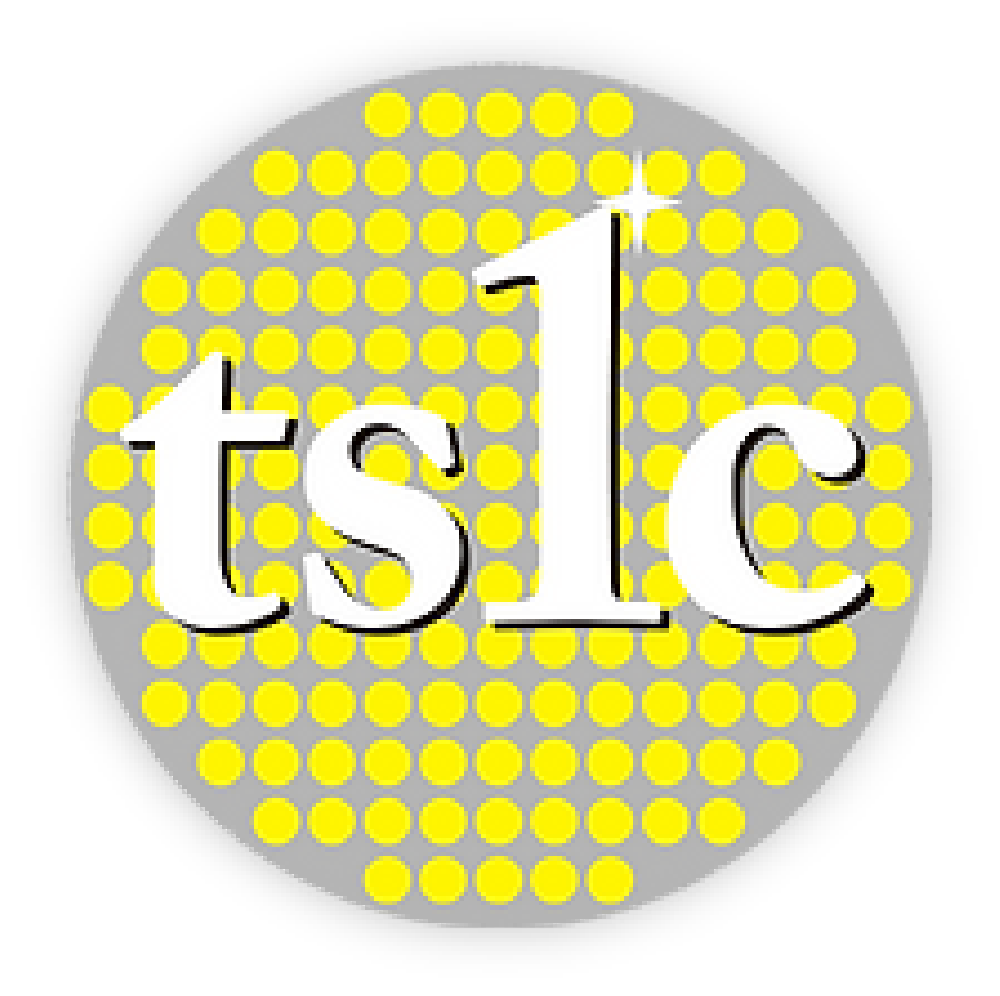From facial recognition systems in your smartphone to thermal imaging cameras used in industrial inspections, infrared (IR) technology plays a powerful yet often invisible role in our everyday lives.
This article explores infrared, how it works, and where it’s used. We’ll answer the key question: “What is infrared used for?” in today’s competitive business landscape. We’ll also break down the different types of IR emitters—like LEDs and lasers—and explain their pros, cons, and ideal use cases.
What is Infrared? Understanding the Infrared Spectrum and How It Works
Infrared (IR) radiation is an electromagnetic wave that lies just beyond the visible spectrum, between visible red light and microwaves. It typically spans wavelengths from 700 nanometers (nm) to 1 millimeter (mm), making it invisible to the human eye but highly useful for various technological applications.
The IR spectrum is further divided into three central regions: near-infrared (NIR), mid-infrared (MIR), and far-infrared (FIR). Each area offers different penetration depths and interaction properties with materials, making them suitable for specific tasks.
The most common sources of infrared radiation in modern devices are IR LEDs (light-emitting diodes) and IR lasers. IR LEDs are compact, energy-efficient, and widely used in consumer electronics, such as remote controls and proximity sensors. IR lasers—including edge-emitting and VCSELs—provide higher power and beam focus, making them ideal for industrial, biomedical, and data transmission applications.
Understanding what is infrared used for starts with recognizing how these different IR wavelengths interact with matter. Near-infrared is often used for biometric sensing, optical communication, and facial recognition. Mid-infrared is essential for gas sensing and industrial monitoring, while far-infrared plays a role in thermal imaging and medical diagnostics.
Infrared’s versatility stems from its ability to interact with materials in a non-contact, non-invasive way—ideal for sensing, heating, and secure communication. From smart homes to autonomous vehicles, knowing what infrared is used for is key to unlocking its innovation potential.
What is Infrared Used for: Applications of Different Types of IR
As infrared technology advances, its practical applications rapidly expand across industrial, medical, automotive, and consumer markets. Knowing what infrared is used for—and understanding the unique strengths of IR LEDs, EELs, and VCSELs—enables decision-makers to choose the right emitter based on performance, reliability, and cost-effectiveness for specific use cases.
IR LED applications
IR LEDs are widely used in proximity sensors, touchless interfaces, and surveillance systems. Their wide beam angle and energy efficiency make them ideal for security cameras, gesture recognition in consumer electronics, and occupancy detection in intelligent building systems. IR LED arrays are embedded in barcode scanners and automated checkout terminals in logistics and retail.
Additionally, IR LEDs are integral to medical devices that rely on reflective photoplethysmography (PPG) for monitoring heart rate and blood oxygen levels. Manufacturers also use them in wearables and portable health devices due to their affordability and ease of integration.
Further reading: LED Light Treatment for Skin: How It Works and Benefits
Edge emitting laser (EEL) applications
EELs provide high output power and narrow beam divergence, making them essential in systems that demand long-range or high-speed performance. In automotive LiDAR, EELs allow precise environmental scanning for autonomous navigation. In the medical field, they are used in high-precision surgical lasers and optical coherence tomography (OCT).
EELs are also employed in fiber-optic communication modules, where high-speed data transmission and stable output are critical. They enable fast, high-resolution 3D sensing and positioning systems in industrial automation. When evaluating infrared technology for environments requiring pinpoint accuracy and long-distance detection, EELs offer unmatched capabilities.
VCSEL applications
In automotive driver monitoring systems (DMS), VCSELs help track eye and head movements under variable lighting conditions. Their rapid on/off switching suits them for high-speed data transmission in optical interconnects used in data centers. In AR/VR devices, VCSELs offer fast, eye-safe depth sensing for immersive experiences.
VCSEL arrays are increasingly replacing traditional IR emitters in structured light and time-of-flight (ToF) systems, as they offer precise, scalable, and energy-efficient solutions for depth imaging. When evaluating “What is Infrared Used for?” In cost-sensitive applications, VCSELs often provide better ROI despite higher initial costs, reducing power consumption compared to conventional solutions.
Further reading:Applications of Ultraviolet Curing and UV Light for Curing Resin
